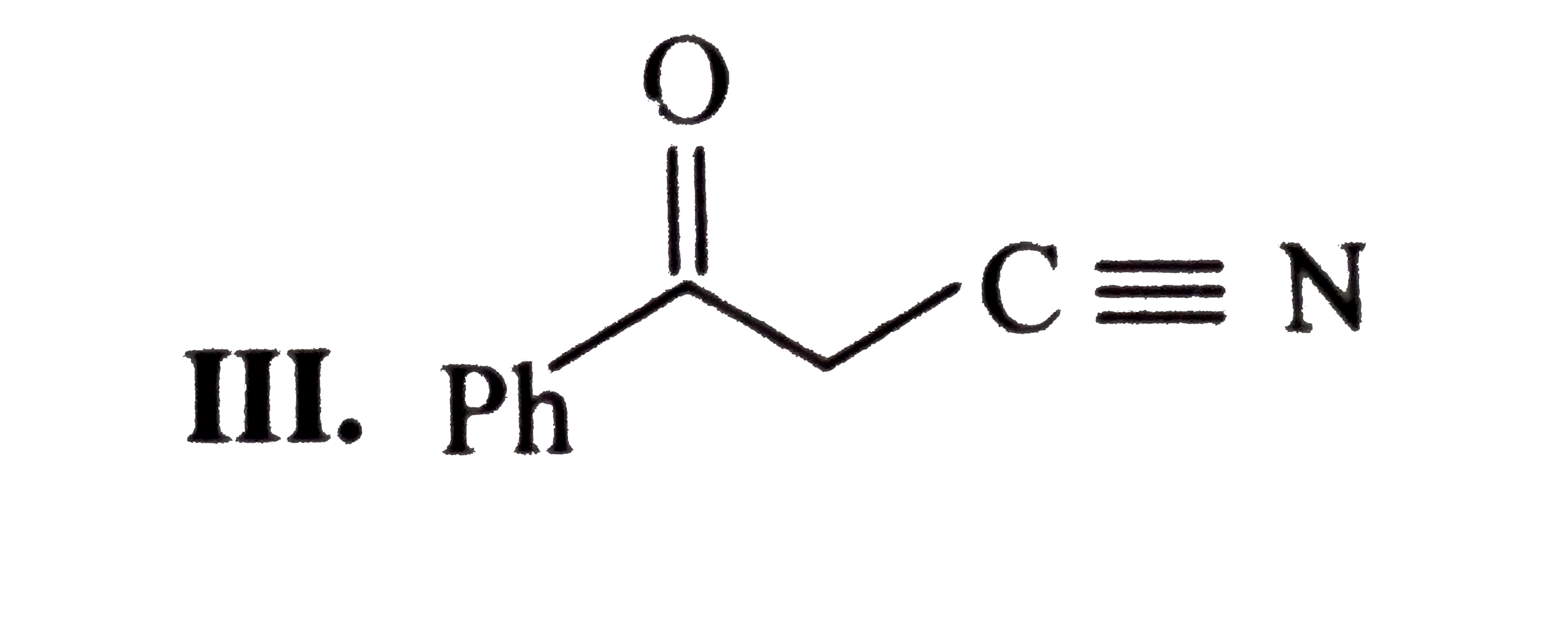Which of the following is correct regarding Einstein photo-electric effect equation?
(i) The equation is
(ii) The variation of with v is

(iii) The variation of photo-current versus applied potential

(iv) 

(i),(ii),(iii)
(ii),(iii),(iv)
(i),(iii),(iv)
all
The correct Answer is:D
NA
Topper's Solved these Questions
Similar Questions
Knowledge Check
Einstein's photoelectric equation states that mv 12mv2=hv−hv0 . In this equation v refers to
Avelocity of all ejected electrons.Bmean velecity of emitted electrons.Cminimum velocity of emitted electrons.Dmaximum velocity of emitted electrons.Which of the following are correct (B) and (C ) products, respectively ?

I.
II. , III.
, III. 
IV. , v.
, v.  A(I), (V)B(I), (III)C(II), (V)D(II), (IV)
A(I), (V)B(I), (III)C(II), (V)D(II), (IV)Einstein's photoelectric equation states that
12mv2=hv−hv0. In this equation, v refers toAvelocity of all ejected electrons.Bmean velocity of emitted electrons.Cminimum velocity of emitted electrons.Dmaximum velocity of emitted electrons.
Which of the following is correct regarding photo-electric effect?
(i) The photo-electric effect takes place if λ≤λ0 or υ≥υ0. maximum K.E. of photo-electron Kmax=hv=hcλ
Einstein photo-electric effect equation hv=hv0+Kmax
(ii) The maximum K.E. of electron or stopping potential Vs(Kmax=eVs) for a given metal depends only on frequency or wavelength of incident light and not on its intensity
(iii) The saturation current (i =ne, n: number of photo-electrons ejected per unit time) depends on intensity and not frequency
(iv) Normally it is assumed that one photon eject one electron. Practically several incident photons eject one electron. If quantum efficiency is given
{Quantum efficiency=Number of electrons ejectedNumber of photons incident}
Number of electrons ejected must be calculated must be calculated and then calculate saturation current
View SolutionConsider the following statements regarding the photoelectric effect experiment :
(I) Photoelectrons are emitted as soon as the metal is exposed to light
(II) There is a minimum frequency below which no photo-current is observed
(III) The stopping potential is proportional to the frequency of light
(IV)The photo-current varies linearly with the intensity of the light
Which of the above statements indicate that light consists of quanta (photons) with energy proportional to frequency ?
View SolutionFor photo - electric effect with incident photo wavelength λ the stopping is V0 identify the correct variation(s) of V0 with λand1/λ
View SolutionWhich of the following is correct?
(i) A particle of light, a photon, has a definite enegry E=hv.
(ii) The photon has momentum, mc.
(iii) The momentum of photon is related to the wavelength of the light.
View SolutionWhich of the following graphs is correct with respect to phtotelectric effect ?
Where v → Frequency of EMR
KEmax→ Maximum kinetic energy of photon-electron
I→ Intensity of EMR ltbr> VS.P.→ Stopping potential
nPE→ Number of photon electron
View Solution

